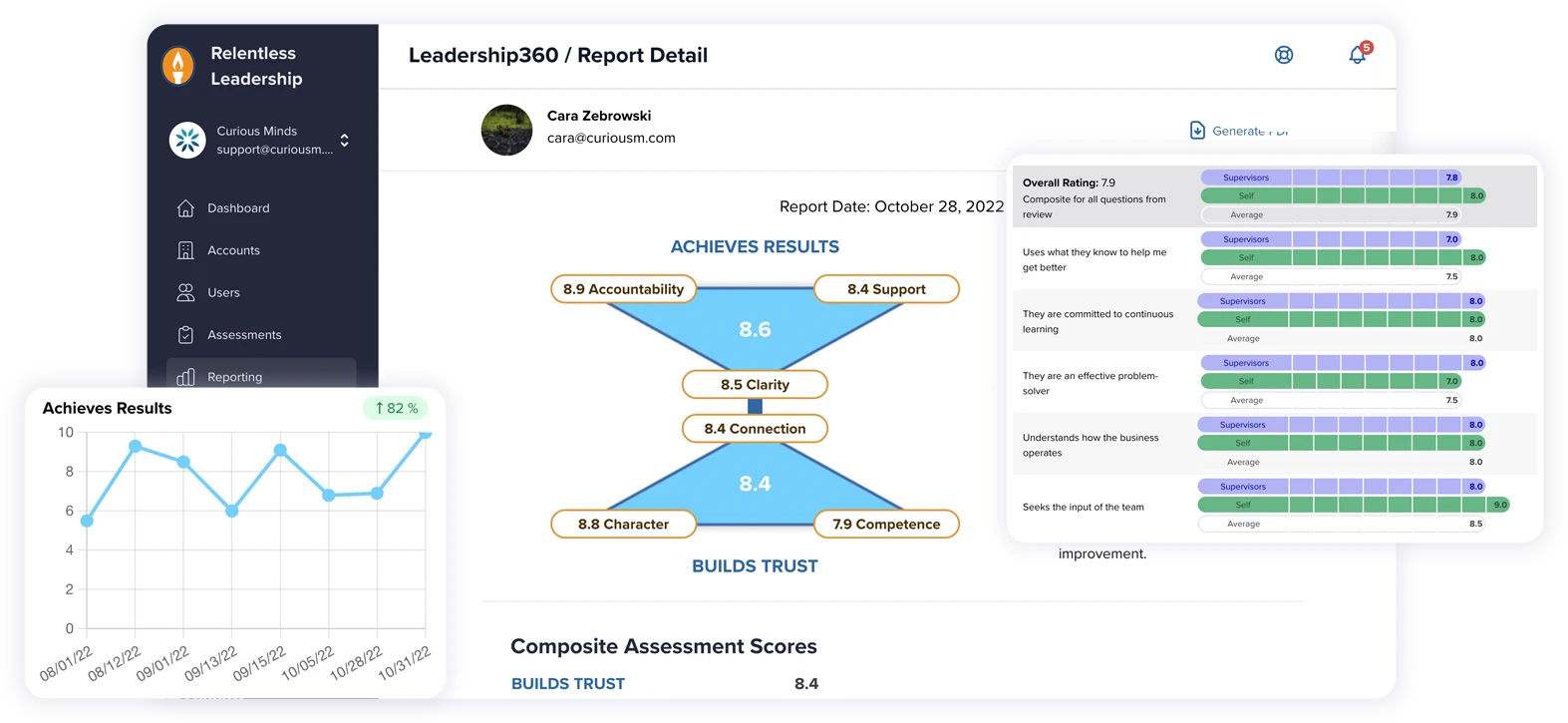We’re back with another chapter in our series on the different types of WordPress vulnerabilities. This chapter focuses on one of the more common types, SQL injections. Now without further ado, let’s talk vulnerabilities!
What is an SQL Injection?
An SQL injection is an attack where code is injected into your site, modifying the queries within your website’s database. It gives an attacker access to information that would otherwise not be displayed. This can include private information like company data, private user lists, or customer details. In a worst case scenario, someone would gain administrative access to your entire website. For example, SQL injections are a common method for stealing credit card numbers.
Why is this Attack so Harmful?
SQL is part of the programming language to manage databases and perform various operations on the data within them. An SQL attack accesses this language, and the information within it, which can be sensitive information or data, or even personal information. An attacker can also modify the information found within the database. A user’s personal and private information is now on display to an attacker, and, as specified above, they can even gain administrative access to your website, and completely rewrite it. Not only is all of this information now accessed by an unauthorized user, it can be changed, and your entire website can be hijacked. It can’t get much worse.
Protect Yourself
With just a few simple steps, you can help protect yourself from SQL injections. One of the easiest is to keep passwords and protected information private. Never share any of that information, and make any passwords more difficult to guess. Establishing a set of rules and permissions can help protect your site as well. Roles and permissions establish who can do what and where on your website. You don’t want just anyone to be able to access your database!
Another step that may require a little more finesse is to remove any unused code from your website. This will accomplish two things. One, removing the unused code provides one less entry point for someone to hack your site, and two, removing that code lightens up your site, helping it load faster. And of course, keeping your system up to date. For example, WordPress recently released version 5.8.3, which included a fix against an SQL injection vulnerability. Employing this update, after first testing it out on a staging site is an easy way to protect yourself. But if that seems like too much work, hiring a developer is an excellent starting point.
What Else Can You Do?
There’s no one solution guaranteeing you’ll never be exposed to vulnerabilities, but you can prevent any vulnerabilities from negatively impacting your site. An ongoing maintenance plan for your site means a developer is on hand to detect any potential vulnerabilities. If any are detected, you’re already protected, and so are your clients. Not sure where to start? Contact us today, and we’ll show you how we protect your site, so you can nurture your business.



















